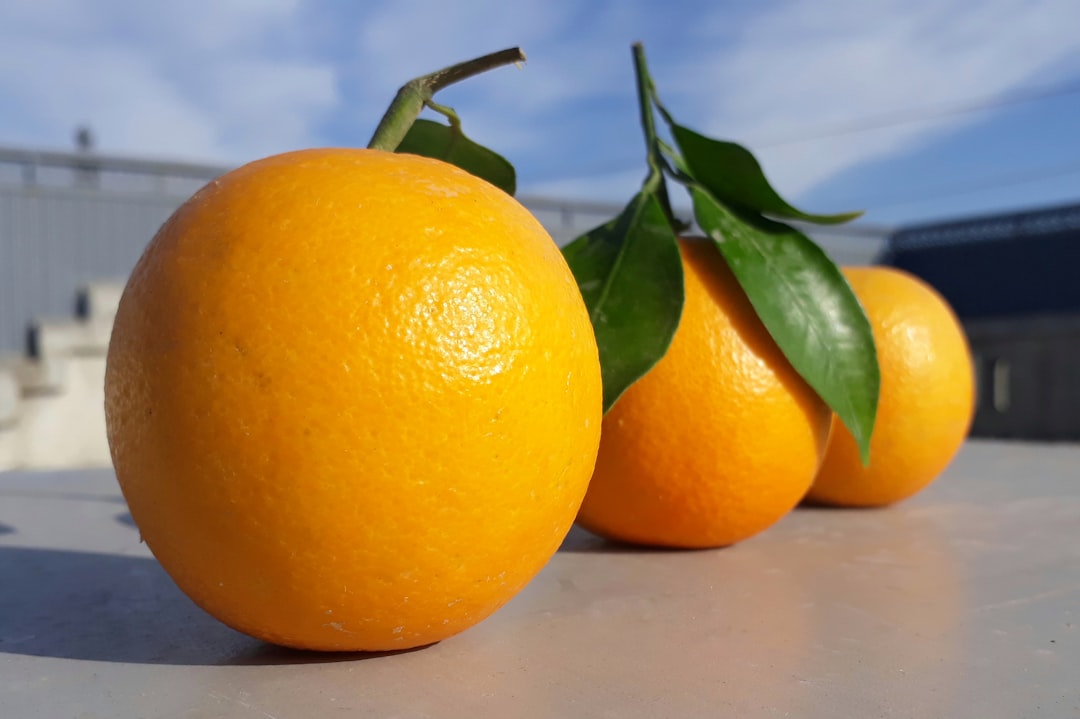What is it about?
The specificity of dietary uptake of medicinal plants (especially those in the unique and highly developed Russian herbal medical tradition) has remained mostly unknown in other regions. Based on 11th edition of the State Pharmacopoeia of the USSR, we selected 70 wild plant species which have been used in food by local Russian populations. The large majority of species included in Russian Pharmacopoeia are used as food by local population, however, aerial parts are more widely used for food.
Featured Image
Why is it important?
In this review, we summarize data on medicinal species published in Russia and other countries that are included in the Russian Pharmacopoeia and have being used in food for a long time. Consequently, the Russian Pharmacopoeia is an important source of information on plant species used traditionally at the interface of food and medicine. At the same time, there are the so-called “functional foods”, which denotes foods that not only serves to provide nutrition but also can be a source for prevention and cure of various diseases.
Perspectives
This review highlights the potential of wild species of Russia monographed in its pharmacopeia for further developing new functional foods and—through the lens of their incorporation into the pharmacopeia—showcases the species' importance in Russia.
Professor Alexander N. Shikov
Saint-Petersburg State Chemical Pharmaceutical University
Read the Original
This page is a summary of: Traditional and Current Food Use of Wild Plants Listed in the Russian Pharmacopoeia, Frontiers in Pharmacology, November 2017, Frontiers,
DOI: 10.3389/fphar.2017.00841.
You can read the full text:
Resources
Contributors
The following have contributed to this page










